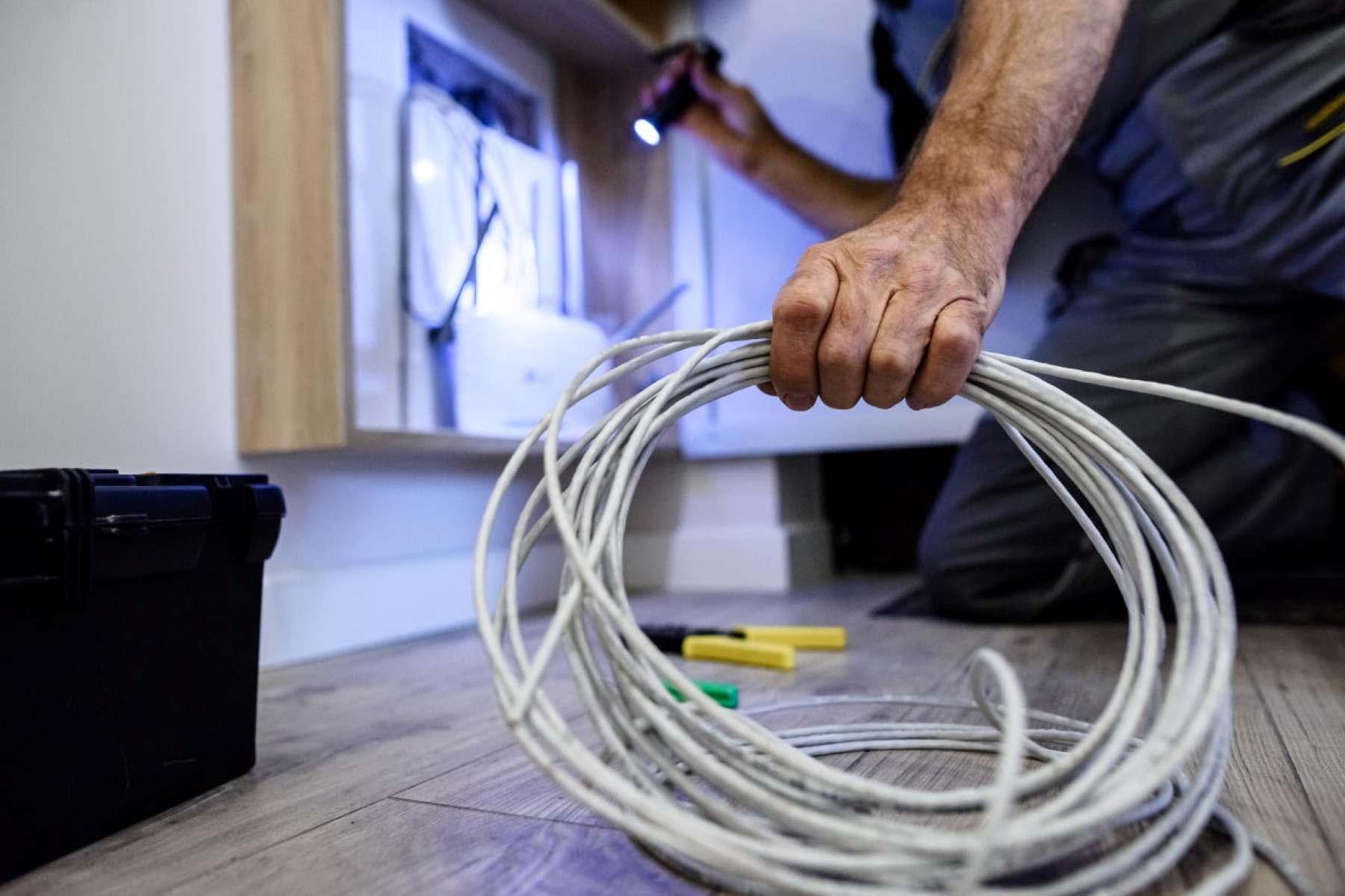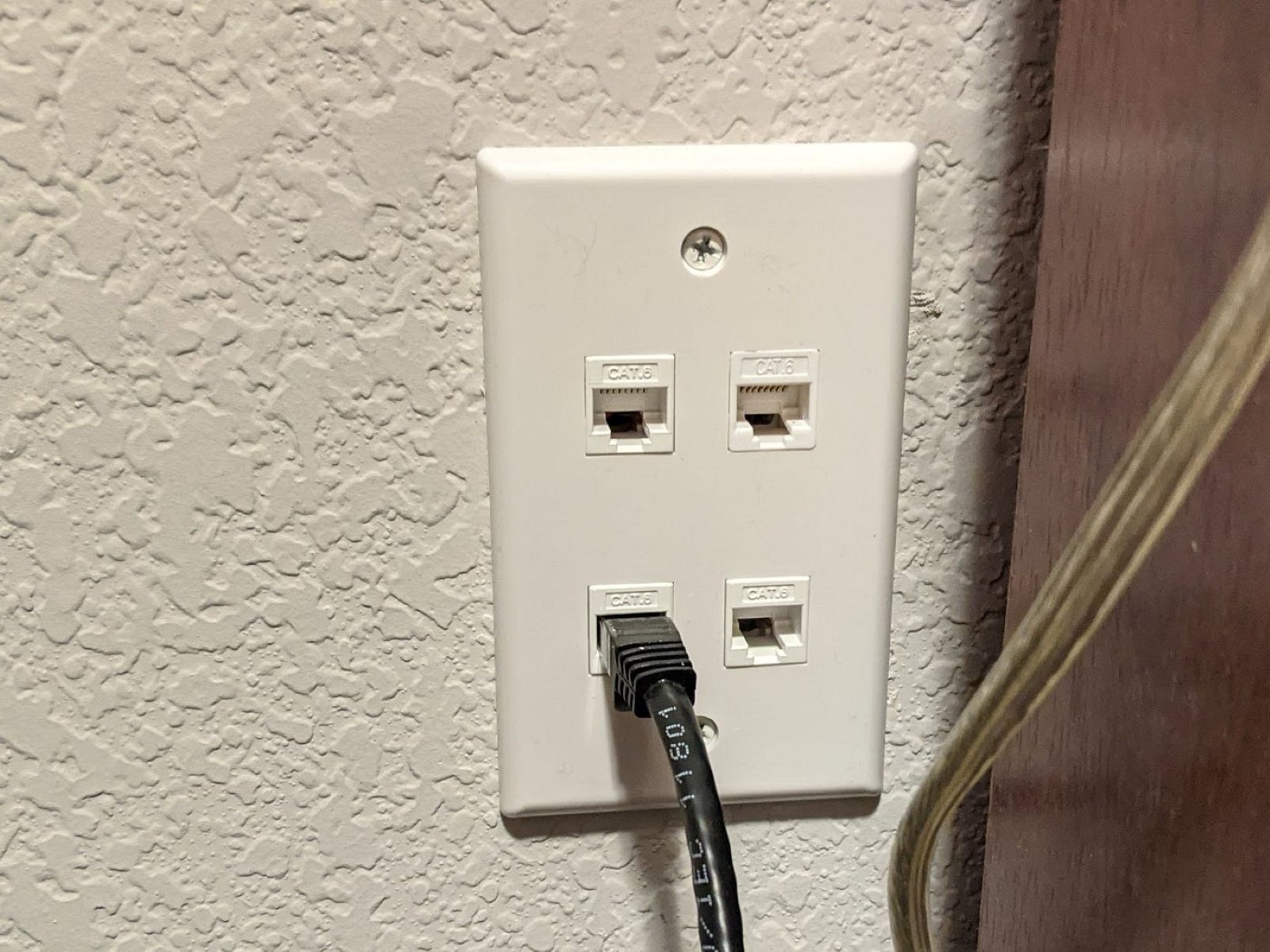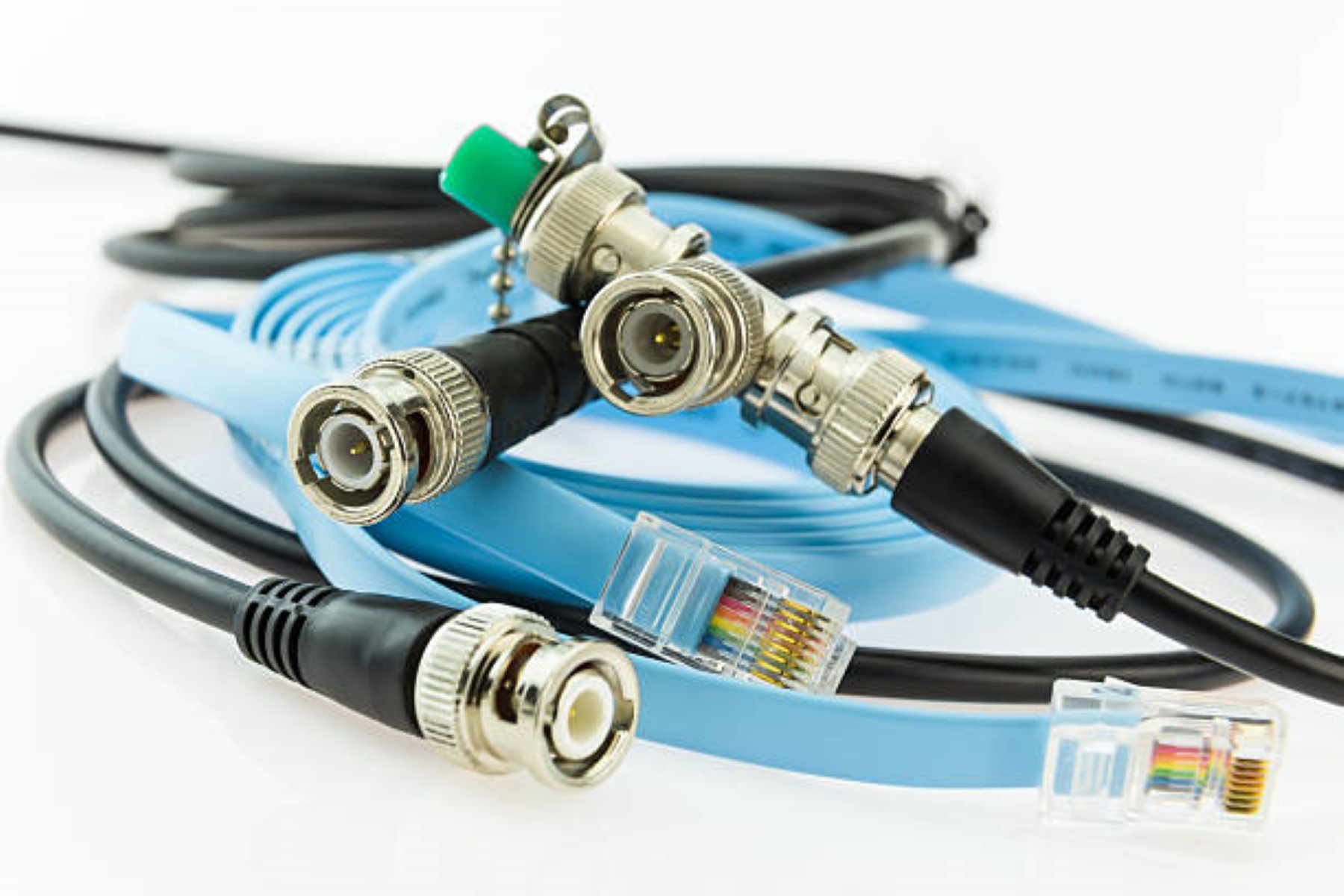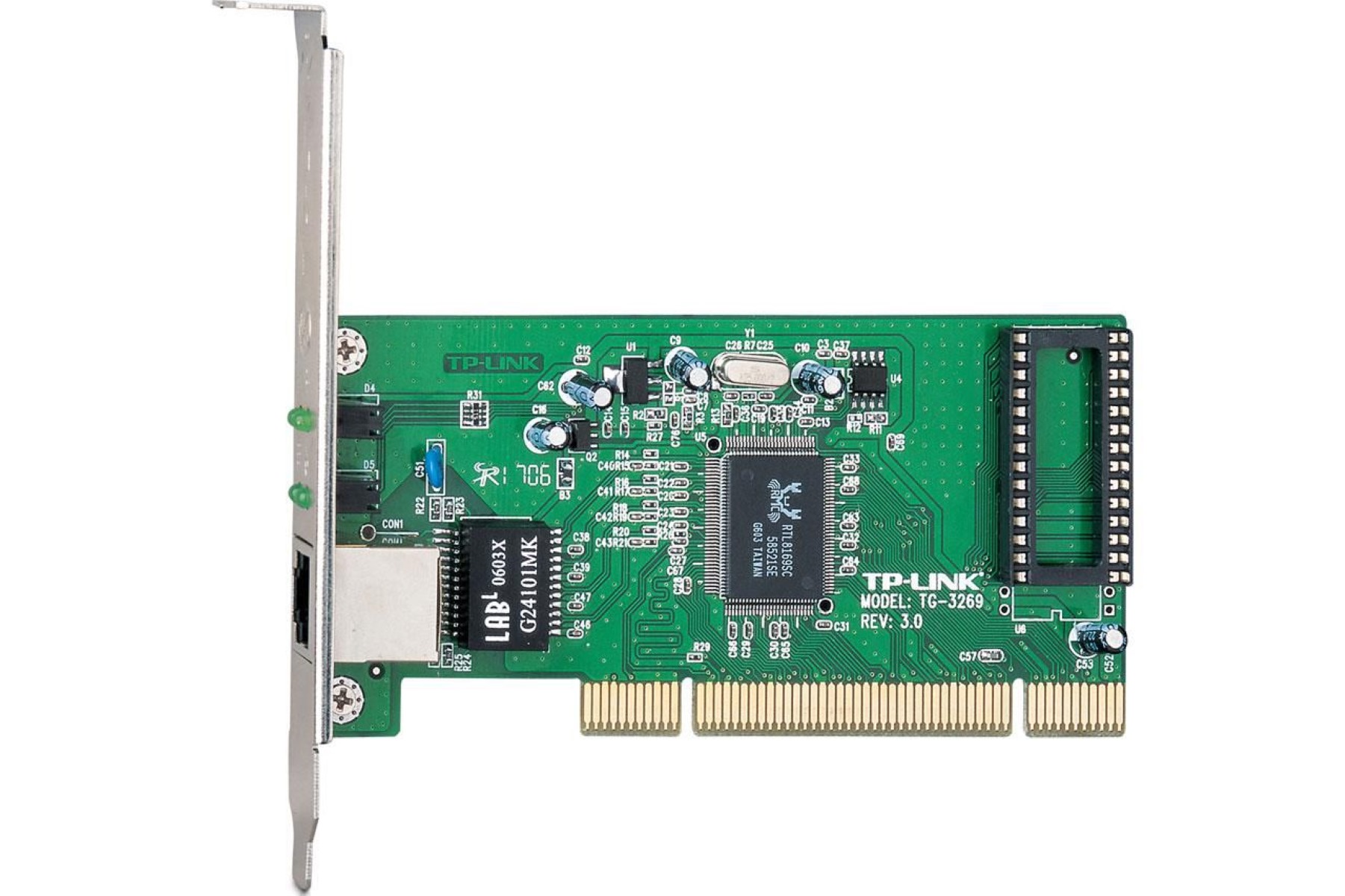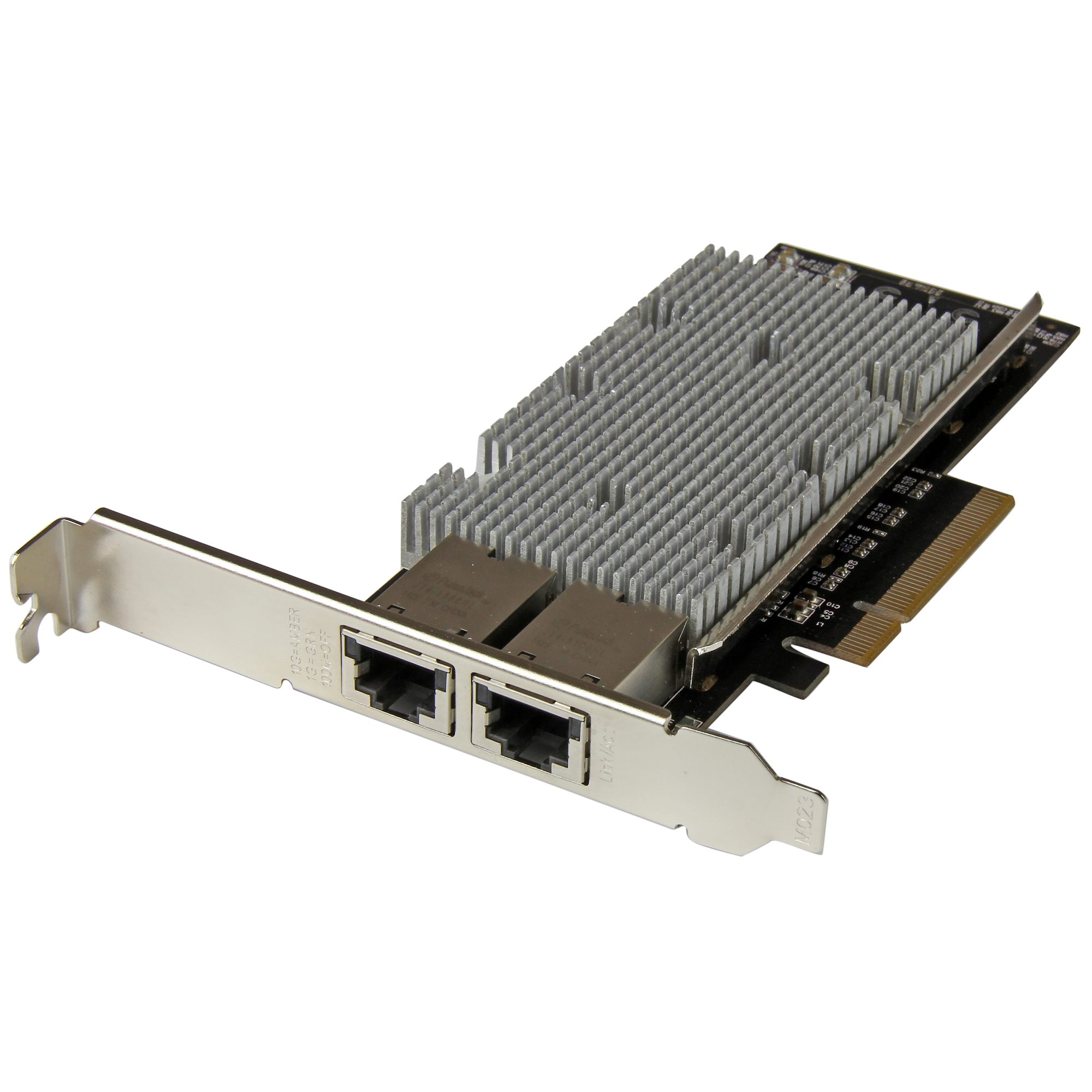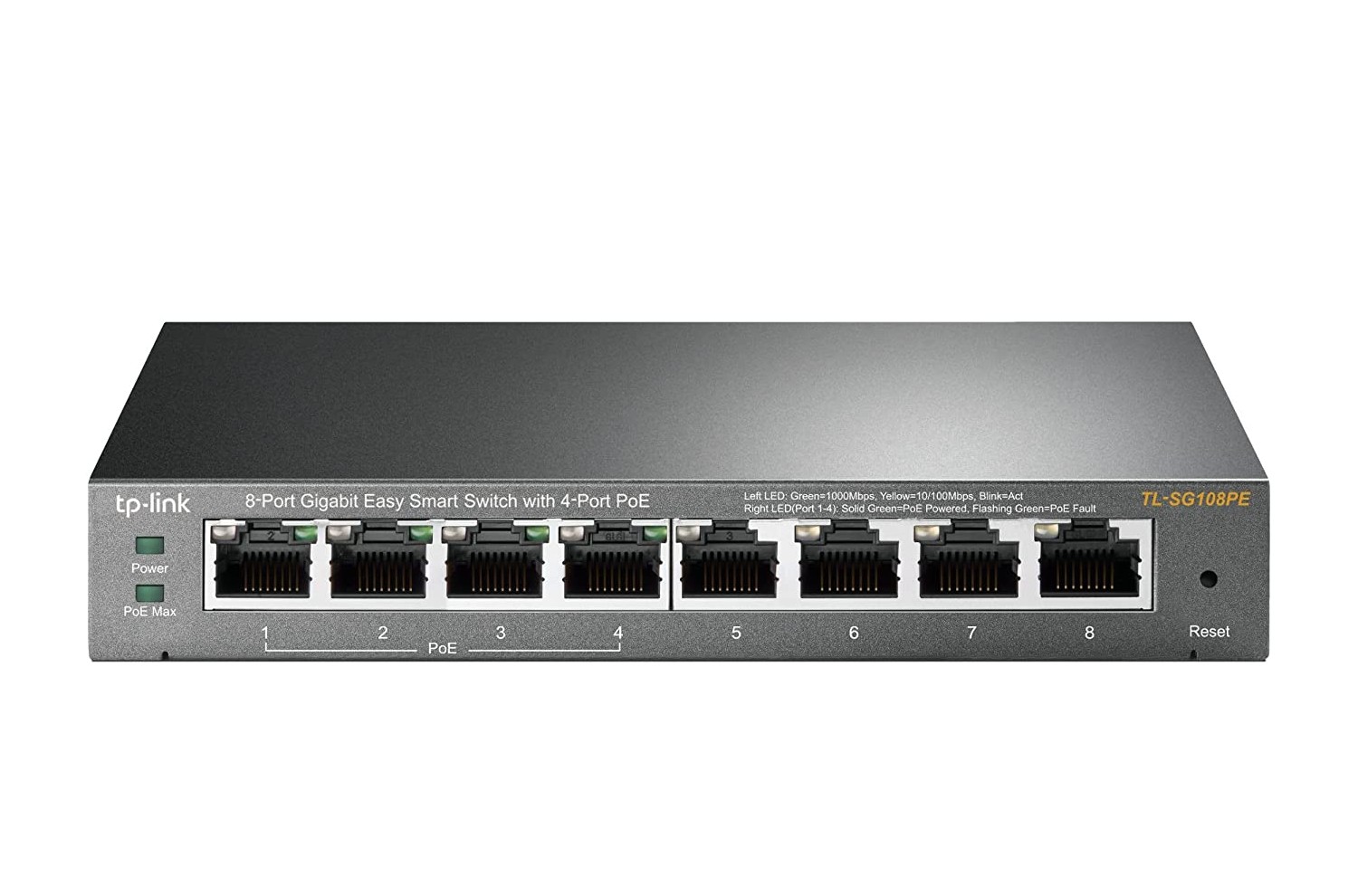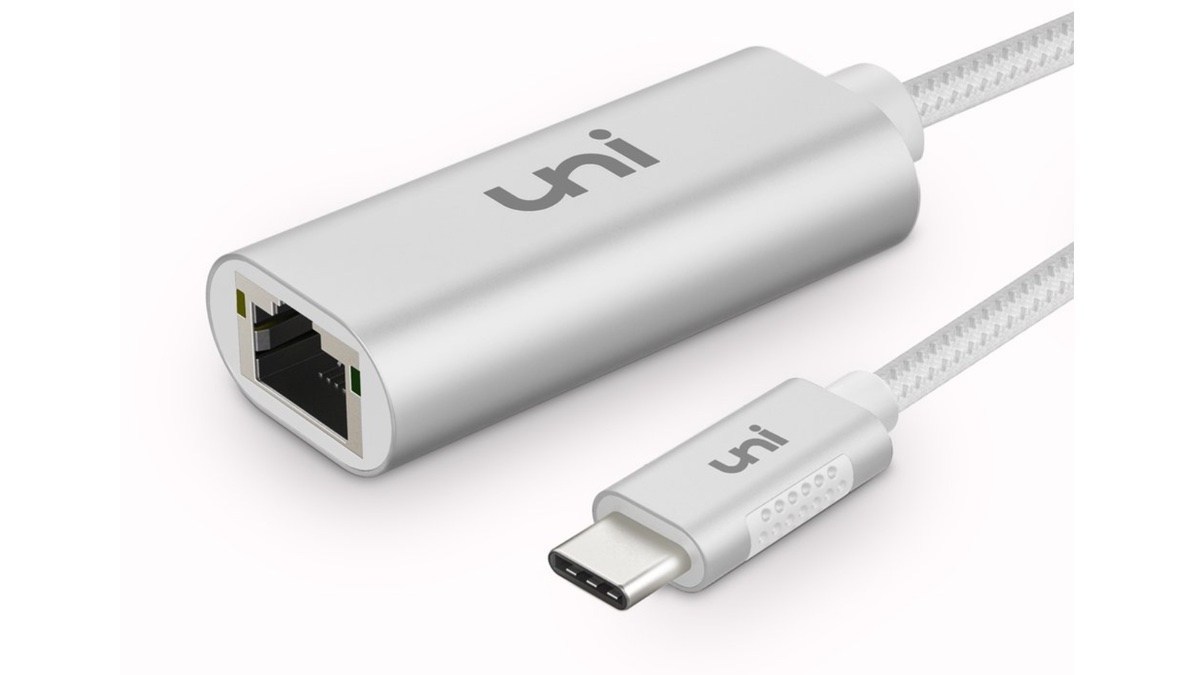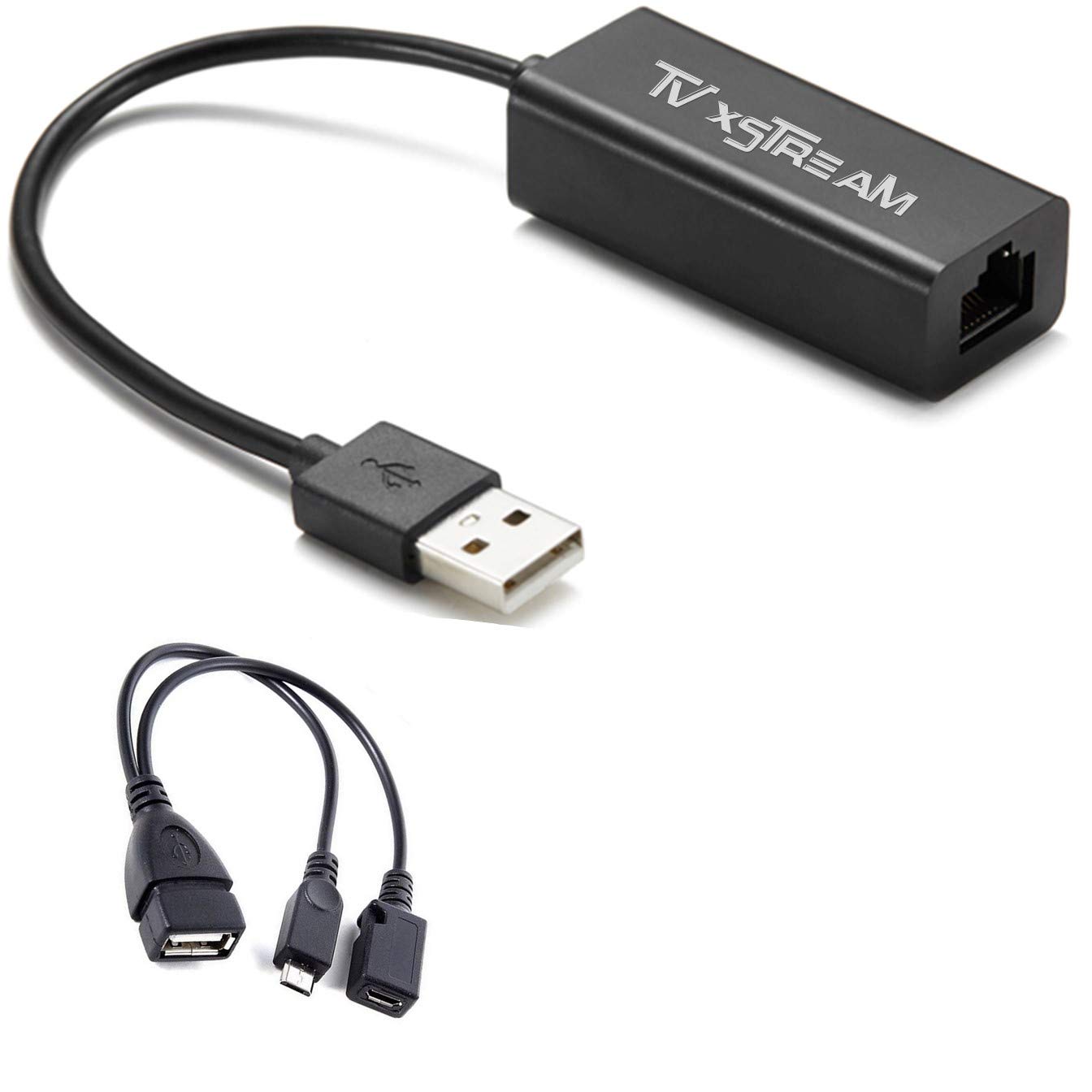Introduction
Welcome to our guide on how much it costs to install an Ethernet port. In today’s digital age, a reliable and high-speed internet connection is essential for both work and leisure activities. While Wi-Fi has become the norm for connecting devices, there are still instances where a wired Ethernet connection is preferred. Whether you’re setting up a home office, renovating your home, or simply looking to improve your internet connection, installing an Ethernet port can be a smart investment.
Before diving into the costs of installing an Ethernet port, it’s important to understand what it is and how it works. An Ethernet port, also known as an RJ45 port, is a physical connection point that allows your device to connect to a local area network (LAN) through an Ethernet cable. This type of connection offers a more stable and faster internet connection compared to Wi-Fi, making it ideal for activities such as online gaming, video streaming, or large file transfers.
Now, let’s explore the various factors that can influence the cost of installing an Ethernet port.
Factors Affecting the Cost of Installing an Ethernet Port
Several factors can influence the cost of installing an Ethernet port. Understanding these factors can help you estimate the overall cost and make informed decisions. Here are some key factors to consider:
1. Scope of the Installation
The complexity and scale of the installation project will have a significant impact on the cost. Installing a single Ethernet port in an existing room will be more straightforward and less expensive compared to running multiple cables through walls and ceilings in a large building or a newly constructed home.
2. Distance and Accessibility
The distance between the desired location of the Ethernet port and the network source will affect the cost. Longer distances may require additional cabling or special equipment, increasing the overall installation cost. Accessibility is another crucial factor. If the installation site is easily accessible, the installation process will be quicker and less expensive. However, if the location is challenging to reach, such as high ceilings or narrow crawlspaces, the cost may increase due to the additional time and effort required.
3. Cable Type and Length
The type and length of Ethernet cable needed for the installation will impact the cost. Category 5e (Cat5e) and Category 6 (Cat6) are commonly used cables for Ethernet connections. Cat6 cables offer faster speeds and better performance, but they are generally more expensive than Cat5e cables. The length of the cable required will also affect the cost, as longer cables will naturally cost more.
4. Wall and Ceiling Composition
The composition of the walls and ceilings where the cable needs to be installed can affect the overall cost. Installing cables in walls made of drywall is usually more straightforward and less expensive compared to brick or concrete walls, which may require additional tools and expertise for drilling and routing the cables.
5. Timeframe and Scheduling
The timeframe for the installation can also impact the cost. If you have a tight deadline or require installation during non-standard hours, such as weekends or evenings, the service provider may charge a premium for the extra scheduling flexibility.
Considering these factors will give you a better understanding of what can influence the cost of installing an Ethernet port. In the next section, we will delve into the typical costs associated with this installation process.
Typical Costs for Installing an Ethernet Port
The cost of installing an Ethernet port can vary depending on various factors, including the scope of the installation project, location, and the service provider you choose. Here are some typical cost ranges you can expect:
1. Basic Installation
For a basic installation of a single Ethernet port in an existing room with easy access, you can expect to pay around $100 to $300. This cost includes labor, materials such as cables, connectors, and wall plates, as well as testing and verification of the connection.
2. Multiple Ports and Complex Installations
If you need multiple Ethernet ports or have a more complex installation project, such as running cables through walls and ceilings, the cost will naturally increase. This can range from $300 to $1,000 or more, depending on the number of ports, the complexity of the routing, and the length of the cables required.
3. Custom Installations
If you have unique requirements or specific customization requests for your Ethernet port installation, such as specialized connectors or conduit installations, the cost may be higher. Custom installations can range from $500 to $1,500 or more, depending on the complexity and materials involved.
4. Additional Costs
It’s important to consider additional costs that may arise during the installation process. These can include:
– Patch cables: Depending on the distance between your devices and the Ethernet port, you may need to purchase additional patch cables. These typically cost $5 to $20 per cable.
– Wall repairs: If there is any damage to the walls or ceilings during the installation process, additional costs may be incurred for repairs.
– Professional consultation: If you require advice or consultation before the installation, some service providers may charge a fee for a site visit or consultation session.
Keep in mind that these are general cost ranges, and the actual prices may vary based on your location, local market conditions, and the specific requirements of your project. It’s always recommended to get multiple quotes from different service providers to compare prices and services offered.
Now that we’ve explored the costs associated with installing an Ethernet port, let’s discuss the pros and cons of doing it yourself versus hiring a professional in the next section.
DIY vs. Hiring a Professional
When it comes to installing an Ethernet port, you have the option to either tackle the project yourself or hire a professional to do it for you. Let’s examine the pros and cons of each approach.
DIY Installation
Doing it yourself can save you money, especially if you have some experience with basic electrical work or network installations. Here are some advantages of DIY installation:
- Cost savings: By eliminating the labor cost of hiring a professional, you can save a considerable amount of money on the installation.
- Flexibility: You have complete control over the installation process, allowing you to customize the setup according to your specific needs.
- Learning opportunity: DIY installation can be a great learning experience, providing you with valuable knowledge and skills for future projects.
However, DIY installation also has its drawbacks:
- Limited expertise: If you lack experience or technical knowledge, you may encounter challenges during the installation process, which can lead to mistakes and potential performance issues.
- Time-consuming: Installing an Ethernet port can be time-consuming, especially if you need to run cables through walls or ceilings. It may require research, planning, and troubleshooting, which can eat up your valuable time.
- Potential errors: Incorrect cable connections or improper installation techniques can result in network issues, signal degradation, or poor performance.
Hiring a Professional
If you prefer a hassle-free and professionally executed installation, here are some benefits of hiring a professional:
- Expertise and experience: Professional installers have the necessary skills, knowledge, and tools to ensure a seamless and reliable installation.
- Time savings: By entrusting the installation to professionals, you can focus on other tasks while they take care of the project efficiently.
- Less risk of errors: Professionals will minimize the risk of mistakes, ensuring that the installation is performed correctly the first time.
However, there are a few considerations when hiring a professional:
- Cost: Hiring a professional will incur labor costs, which can be higher compared to a DIY installation.
- Dependence on schedules: You may need to work around the availability and schedules of the professional, which could cause delays in the installation.
- Contractor selection: It’s crucial to choose a reputable and reliable professional to ensure a quality installation.
Ultimately, the choice between DIY and hiring a professional comes down to your comfort level, expertise, and available time. If you’re confident in your skills and have the time to spare, a DIY installation may be suitable. However, if you value convenience, expertise, and a hassle-free experience, hiring a professional is often the best option.
In the next section, we will discuss additional costs to consider when installing an Ethernet port.
Additional Costs to Consider
When budgeting for the installation of an Ethernet port, it’s essential to consider additional costs that may arise during the process. This will ensure that you have a comprehensive understanding of the potential expenses involved. Here are some additional costs to keep in mind:
1. Patch Cables
Depending on the distance between your devices and the Ethernet port, you may need to purchase additional patch cables. These cables connect your devices, such as computers or routers, to the Ethernet port. The cost of patch cables typically ranges from $5 to $20 per cable, depending on the length and quality.
2. Wall Repairs
In some cases, the installation of Ethernet cables may require drilling holes or making openings in walls or ceilings. While professionals ensure clean and minimal damage, there may be some repairs necessary after the installation. You may need to patch up holes or repaint the affected areas, which could result in additional costs.
3. Professional Consultation
If you’re unsure about the specifics of your Ethernet port installation or need professional advice before proceeding, you may consider seeking a consultation from a network specialist. They can assess your requirements, examine the feasibility of the installation, and provide recommendations. Keep in mind that some service providers may charge a fee for consultation or site visits, so inquire about any potential charges in advance.
4. Miscellaneous Tools and Equipment
Depending on the complexity of the installation, you may need to invest in certain tools and equipment. This could include cable cutters, crimping tools, cable testers, or wall plate installation kits. While these tools are often reusable for future projects, they can add to the overall upfront cost.
By considering these additional costs, you can avoid any unexpected financial surprises and effectively plan your budget for the Ethernet port installation.
In the next section, we will provide some helpful tips for choosing the right Ethernet port installation service.
Tips for Choosing the Right Ethernet Port Installation Service
When it comes to installing an Ethernet port, selecting the right service provider is crucial to ensure a smooth and successful installation. Here are some tips to help you choose the right Ethernet port installation service:
1. Research and Gather Recommendations
Start by doing thorough research and gathering recommendations from family, friends, or colleagues who have had Ethernet port installations. Look for online reviews and ratings of different service providers in your area. This will help you narrow down your options and find reputable professionals.
2. Check their Experience and Qualifications
It’s important to verify the experience and qualifications of the installation service provider. Look for companies or professionals who have specific expertise in Ethernet port installations or network infrastructure. Ask about their certifications, training, and years of experience in the field.
3. Request Quotes and Compare Prices
Reach out to multiple service providers and request detailed quotes for the installation project. Make sure the quotes include all the necessary components, labor costs, and any additional charges. By comparing prices, you can get an idea of the average cost and select a service provider that offers a competitive price within your budget.
4. Inquire about Warranties and Customer Support
Ask the service providers about warranties on their installations and the equipment they use. A reliable installation service should provide warranties to guarantee the quality of their work. Additionally, inquire about their customer support options in case you encounter any issues or need assistance after the installation.
5. Verify Insurance and Licenses
Ensure that the service provider has the necessary insurance coverage to protect you in case of any damages or accidents during the installation process. Furthermore, check if they hold the required licenses and permits to operate in your area.
6. Assess Communication and Professionalism
During your initial interactions with the service providers, assess their communication skills and professionalism. A reputable installation service should be responsive, friendly, and able to address your queries and concerns promptly.
7. Read and Understand the Contract
Prior to finalizing any service agreement, carefully read and understand the contract terms and conditions. Ensure that all the important details are included, such as the scope of work, project timeline, payment terms, and any warranties provided.
By considering these tips and selecting a reliable and experienced Ethernet port installation service, you can have peace of mind knowing that the installation will be carried out professionally and efficiently.
In the next section, we will conclude our guide on the cost of installing an Ethernet port with a summary of the key points covered.
Conclusion
Installing an Ethernet port can greatly improve your internet connection, providing you with a faster and more reliable network experience. However, it’s important to understand the factors that can influence the cost of installation and consider the pros and cons of DIY versus hiring a professional. By considering the scope of the installation, distance and accessibility, cable type and length, wall and ceiling composition, and timeframe and scheduling, you can estimate the cost of the installation.
Typically, basic installation of a single Ethernet port can range from $100 to $300, while more complex installations or multiple ports can cost $300 to $1,000 or more. It’s also important to account for additional costs such as patch cables, potential wall repairs, professional consultations, and miscellaneous tools and equipment.
When choosing an Ethernet port installation service, conduct thorough research, check their experience and qualifications, request quotes, and verify warranties and customer support options. Additionally, ensure that the service provider has the necessary insurance and licenses, and assess their communication and professionalism.
By taking these factors into consideration and making an informed decision, you can achieve a successful Ethernet port installation that fits your needs and budget. Whether you choose to handle the installation yourself or hire a professional, a properly installed Ethernet port can provide you with a stable and high-speed internet connection for all your online activities.







